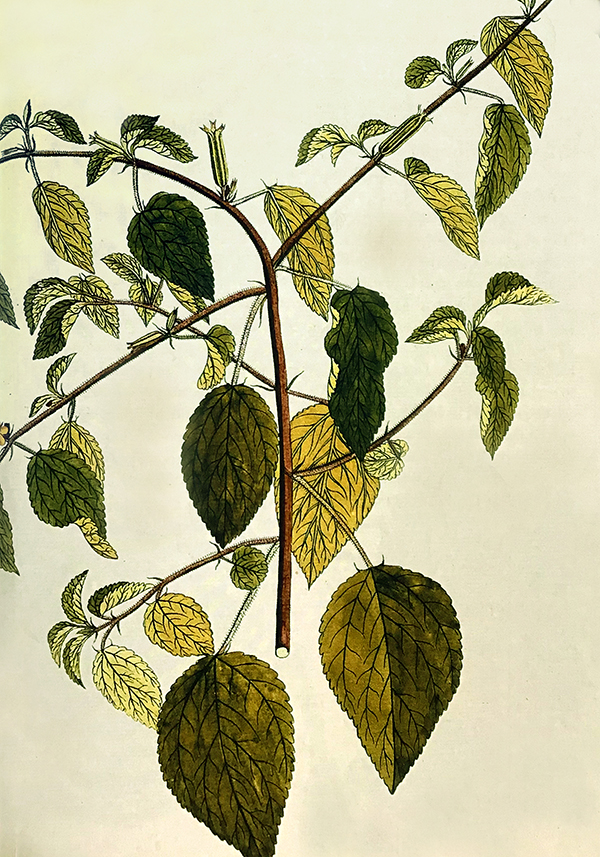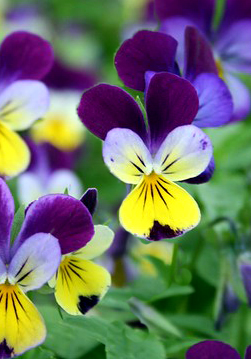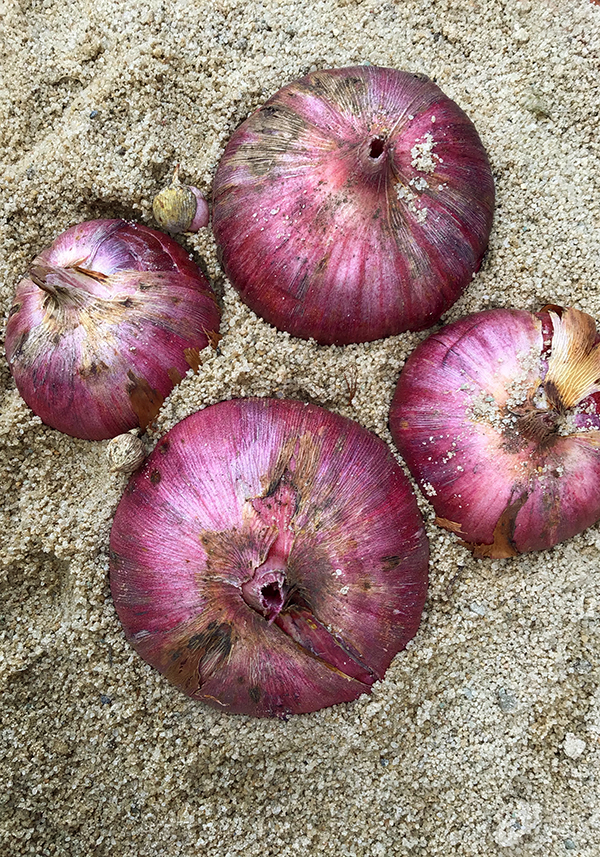
Have you ever wondered how jute twine came into our gardens – and when?
According to George Drower in A History of Gardening in 50 Objects, that humble garden essential was unknown in the West until 1828 when Englishman George Acland established the world’s first jute-twine factory in Scotland.
“Acland realized the commercial potential of jute when he saw it being used by Oriya gardeners employed in the botanical gardens of the East India Company. They called it jhut, a term from which the modern name seems to have derived,” Drower writes.
“At this time, jute was still virtually unknown outside India where its fibers had been used for centuries to make twine, cord, and coarse fibers. It grew best in a hot, moist atmosphere in areas with considerable rainfall, and most was produced in India’s Bengal province.” There jute stalks were “gathered into bundles and immersed in stagnant pools or streams to undergo the process known as retting, which loosened the fibers and separated them from the stem. To speed up this process, the operator would stand in the pool and beat and shake the stems,” after which the fibers were dried in the sun.
Although jute wasn’t as strong as hemp, flax, and other fibers used for making twine, it was “hard-wearing and tear-resistant, and had the advantage of being much cheaper” – making it, Acland realized, “the ideal material for garden jobs.”

“Acland went to Scotland to raise capital ... and to find a location for a factory. He opted for Dundee, which at that period was an important textile center based around flax and hemp.” Although he founded his business in 1828, he struggled for years to adapt existing machinery to process the jute which is “far more woody and brittle than either flax or hemp.”
“Manufacturing began in 1832, yet business was initially slow.” Then in 1838 “the Dutch government placed a large order for jute bags to [transport] coffee beans from West Africa” and before long Acland’s new industry was booming.
“While Dundee was developing into an international center for the manufacture of garden twine, it was suggested to Acland that he should send the machinery to Bengal because the jute could be more economically spun there.” Yes, it certainly could be, but opening the first mill in Calcutta in 1854 proved to be “the first step in Dundee’s decline and eventual collapse as a jute products center” – which is why today my big ball of jute twine, and probably yours, is labeled “Made in India.”















